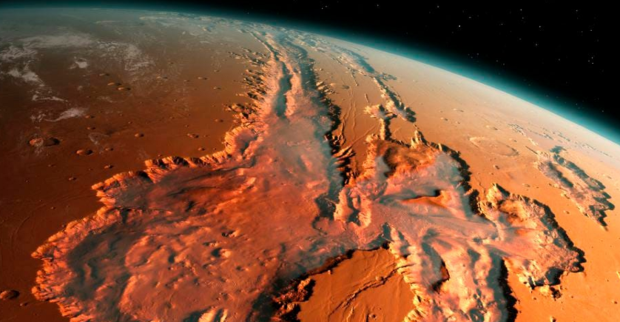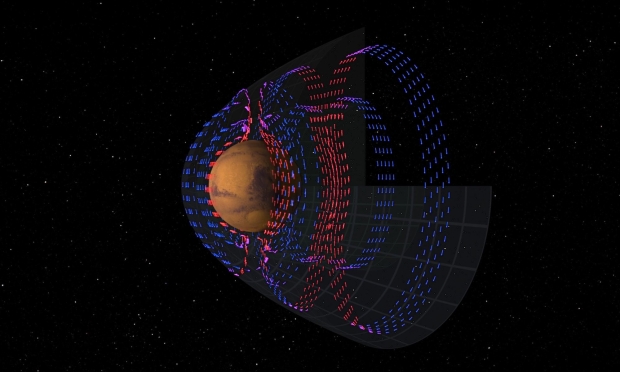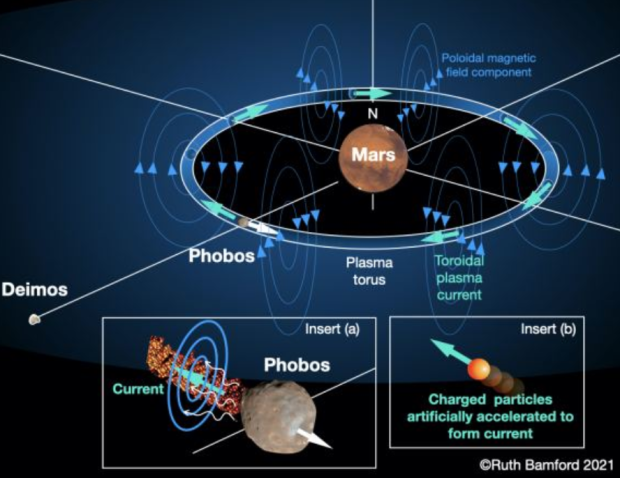Humans are looking towards Mars as the next spot to settle down on, but being a barren wasteland with minimal habitable options, the Red Planet is a bit of a fixer-upper.

A new paper spotted by Universe Today on the pre-print server arXiv looks at how humans can achieve a sustained presence on the Red Planet that would include factors such as travel, research, visiting, tourism, etc. The paper states that for that level of colonization to take place, Mars would need a strong magnetic field capable of deflecting solar wind blasts from the Sun, which are deadly to humans. Earth's magnetic field comes from its core, but Mars' core is different from Earth's and would require either its core to be started up (as its cooler) or an artificial magnetic field to be created around the planet's surface.
Since the latter of the two options is more feasible, the team of scientists, including NASA's own chief scientist James Lauer Green, proposes a ring of charged particles to be built around the planet. The study details using Mars' moon Phobos to create a magnetic field by ionizing particles from the moon's surface and then accelerating them to create a plasma torus, a doughnut-shaped region around the orbit that is filled with hot ionized gas (a plasma).

Phobos orbits Mars every eight hours, and researchers suspect that the magnetic field created by the plasma torus between a ring around Mars and Phobos would be enough to protect settlers on Mars from life-threatening blasts of radiation from the Sun.
Creating a ring the size the researchers proposed would be an incredible feat, and would involve a ridiculous amount of engineering to get it right, but as the authors of the study point out, this is just an idea and now is the time for ideas as the human race is in preparation mode to take the next dangerous step towards expanding.




